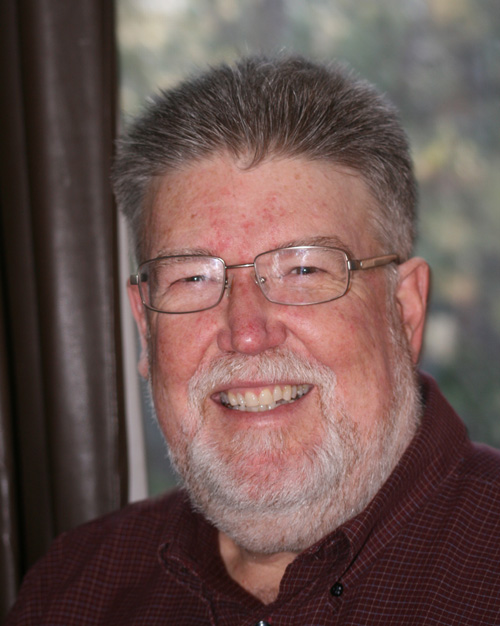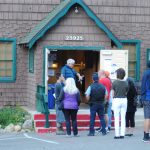
In 1965, 16-year-old Bill Lowman came to Idyllwild to sing in Robert Holmes’ celebrated choir as part of the Idyllwild School of Music and the Arts Summer Programs. He stayed for a lifetime.
First and longtime president and headmaster of the Idyllwild Arts Academy, Lowman concludes the free Throwback Summer Lecture Series. The series celebrates the history of an institution founded “for the purpose of promoting and advancing artistic and cultural development primarily for the advancement of instruction in music and the arts.” Over the years, it has grown from a summer program with 40 adult students to one attended by 2,000 children, youth, adults and families and a renowned residential arts school for students from around the world — the only such residential arts school for ninth through 12th grade students on the West Coast.
For much of that history, Lowman, along with Summer Programs Director Steve Fraider, participated in and guided development of the growing institution, finding ways to respond to changes in demographics and economic conditions which, at a critical juncture, threatened the school’s survival.
Lowman will give an overview of the history of ISOMATA and the Idyllwild Arts Academy, with a special emphasis on conditions in 1984-85 when the Summer Programs had become financially unsustainable and sale of the campus was contemplated by the governing board.
Lowman, who had left ISOMATA in 1976 to start a new arts school in Nevada, was asked back by the board in 1984 to find ways to make the Summer Programs viable. “The objective that first winter was to find a way to make the Summer Programs sustainable,” he remembered. “The boarding school was not on the horizon then.” After conducting thorough analyses of the Summer Programs, Lowman said it became apparent to him and the board that it was not, by itself, sustainable. “There was not enough programmatic activity to support and sustain the campus. Structurally, it would not work. It was an expensive program to run with insufficient revenue.” Lowman said many options were considered, including selling the campus.
But gradually, the idea of a college preparatory arts boarding school took hold. Dr. and Mrs. Richard H. MacNeal — of the MacNeal-Schwendler software corporation — provided startup funding that allowed the idea of a boarding school to move forward. MacNeal provided financial support from 1985 until 1992, giving Lowman and the board the foundation and security they needed to begin building the curricula, faculty and student body to allow them to take the kinds of calculated risks necessary to ensure the school’s critical growth in its infancy.
It was a bold step that facilitated both the continuation of the Summer Programs and the creation of what has become the Idyllwild Arts Academy. “I came thinking my job was to save the Summer Programs and I realized I was building a school,” said Lowman. “The solution also had to sustain the summer. Everything on campus had to have dual use.”
Of that first summer as a teenager, Lowman said, “It was idyllic, just what founders Max and Bea Krone had intended. The beauty of it was the program and the artists. I came with my high school choral teacher, Marjorie Dickenson Anderson. It was a very conservative environment, dedicated to music education. We had to wear a coat and tie every night, to dress for dinner. There were 60 in the orchestra and 120 in the choir. It was thrilling.”
Looking back, Lowman recalled, “I was really lucky to be part of those choirs and to have the opportunity throughout my career to shepherd the legacy of the Krones into a new world.”
Lowman gives his presentation at 7:30 p.m. Wednesday, July 22, in the Krone Library on the Idyllwild Arts campus. It is a rare opportunity to hear the storied history of ISOMATA and Idyllwild Arts from one of the few who was there through the periods of greatest challenge, growth and transformation.










